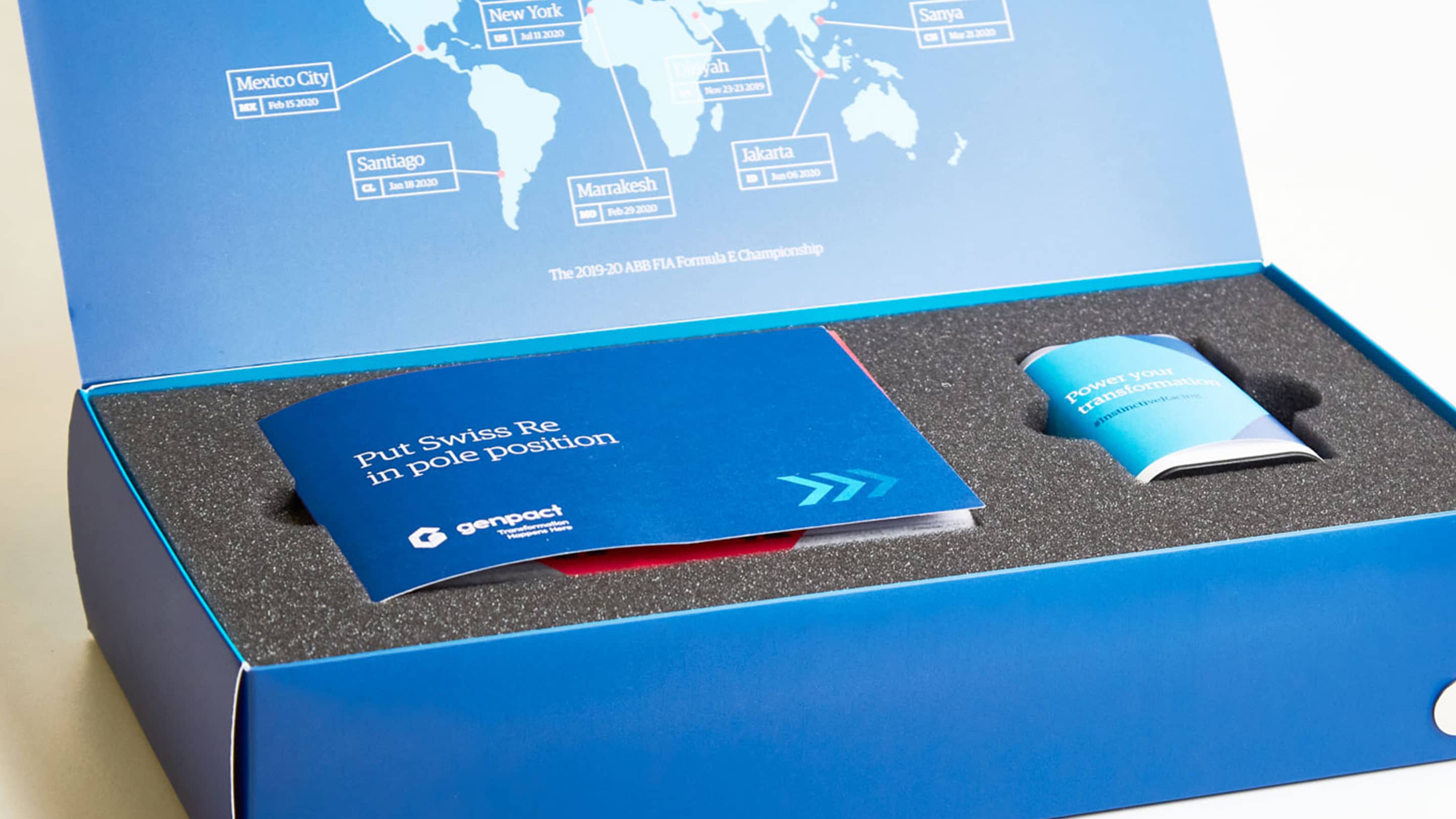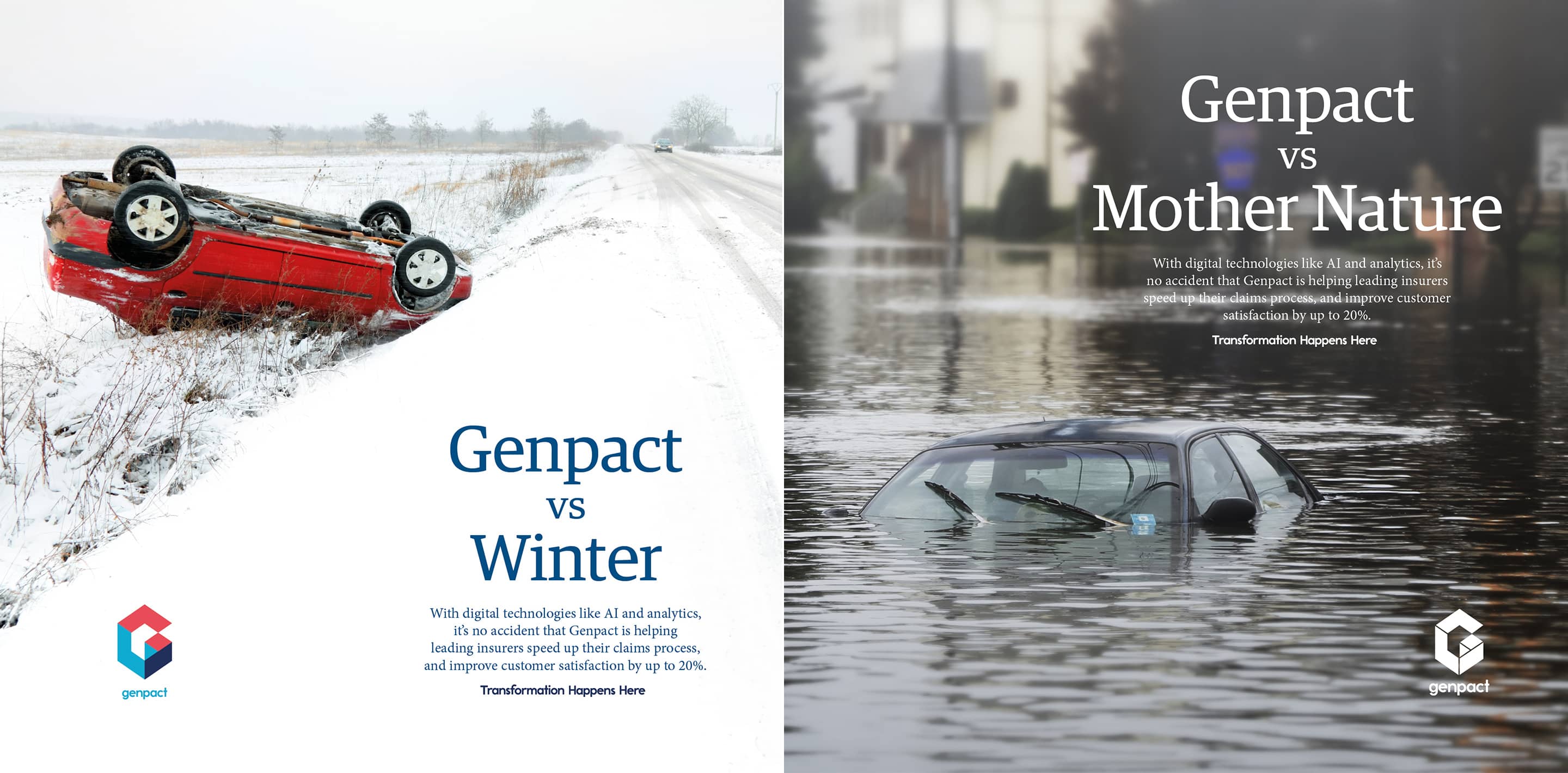B2B Demand generation agency
Win the deals that matter most. All with one, integrated, data-driven team
The secret to successful demand generation? Integration
Digital and offline, inbound and outbound, sales and marketing. When everything is aligned behind one goal the impact is astonishing.

Resources
The Year we Transform Demand
In a world where traditional marketing models are becoming obsolete, discover how you can attract more clients and boost sales with our five actionable insights.
Download our latest report to rejuvenate your demand generation programs.
Make your mark
Not all opportunities are created equal. We help generate leads and meetings that align to your strategic priorities and convert to revenue.
Make a splash
Shift the conversation from product features to business impact. We’ll work with you on messaging, channels and audience insight to deliver strategic deals and long-term partnerships.
Go for growth
Reinvigorate stalled deals, speed up sales cycles and open up broader conversations. We target the whole sales and marketing funnel to drive growth over the long term.
Work as one
One truly integrated team all focused to find and win new customers; essential in complex B2B sales, where the buyer journey is rarely the same.
Curate and test stories
Our deep analytics work uncovers relevant insights around a cluster of accounts. We then use our account-based demand engine to curate and test stories centered around that data, tracking engagement to score marketing qualified accounts.










Demand generation services
Find and win the prospects who'll become your best customers
-
We reach your ideal prospects using unrivalled audience insights, powered by Argus the data intelligence platform. Our intelligent, integrated marketing creates quality leads that convert to customers.
-
Welcome to precision outreach. Our small, agile, multi-disciplinary teams work together to generate highly-qualified sales opportunities for high value deals.
-
Take the guesswork out of growth with industrialized demand generation. We combine digital and traditional inbound and outbound channels across multiple audiences and regions. From strategy to content to execution, this is integration at true scale.
-
Give it all you’ve got for the most important deals. We’ll help you stand out with contact profiling, bid theming and pitch theatre. Our experienced team can power your pursuits with creativity, data and digital experience tools.
The Marketing Practice has been consistently effective at driving commercial results from marketing: the sales teams have never been as engaged with marketing opportunities as they are now.
Louis Fernandes
former Director of Demand Generation at SAS & HPE
Many skills, one job
Our multi-disciplinary demand generation teams consistently deliver for technology leaders

TTEC
Launching the New Category of CX as a Service
Our campaign launch strategy was twofold: spark awareness and interest in TTEC and CXaaS, and drive leads from within our target audiences.

Forcepoint
Providing clarity and a cohesive approach to market
Forcepoint is a human-centric cyber security company aimed at helping enterprise security leaders adapt to the rapidly changing cybersecurity landscape. Together, we developed a sophisticated, multi-faceted digital demand generation engine from the ground up.